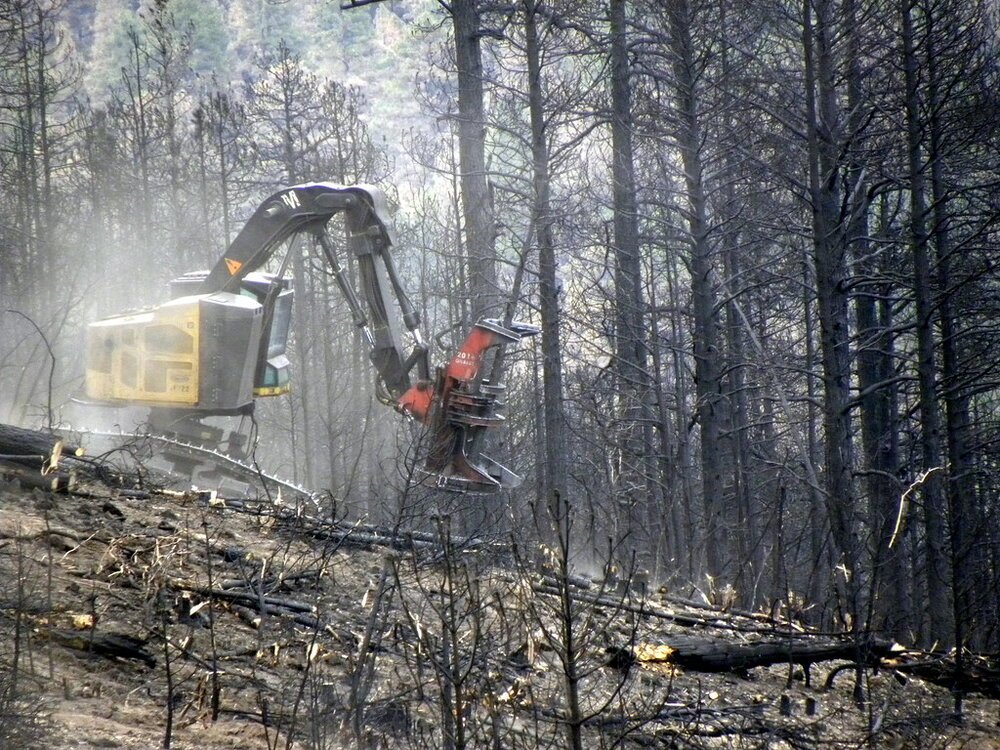Every time I enter the ocean, it shows me something beautiful and unexpected. I’m looking for sharks, and a fin whale surfaces, breath bursting into fine mist. Sea lion pups encourage me to play, spinning in the water, swimming fast then turning on a dime and blowing bubbles. Floating at the surface, a comb jelly mesmerises me with rainbow bands of bioluminescence.
Canada's Forest Fires Part 2: Emissions and Deforestation
Rather than reporting direct emissions, as is done for almost all other sectors, the emissions from logging are handled as a “net flux,” combining the effects of natural processes with industrial activity. Canada is giving itself credit for the carbon in forests it doesn’t cut, using that to mask emissions from logging.
The government doesn’t attribute wildfire emissions to the logging industry, but gives the industry credit for carbon stored when a forest regrows after a fire, even if human activity played no part in the forest’s recovery.
Canada's Forest Fires Part 1: Fire and Logging
Although fires are a natural process in most forests, they are increasing in frequency, severity and extent. We know that climate change is intensifying fires, but what about the impacts from logging?
Extraction has changed the landscape dramatically, creating homogenised plantations that no longer function the same as intact ecosystems.







